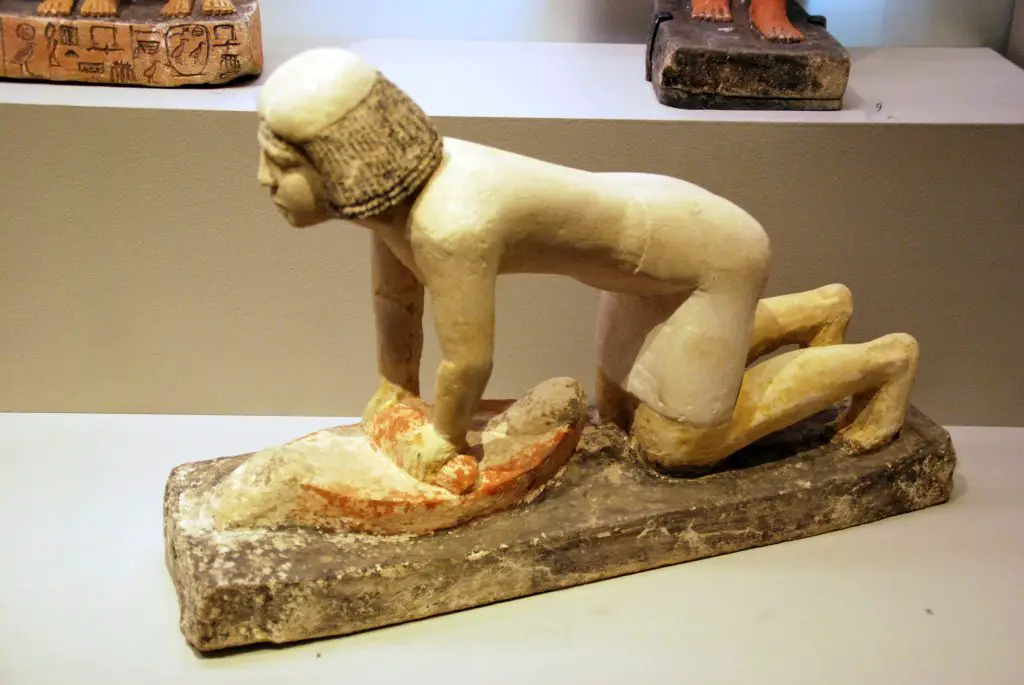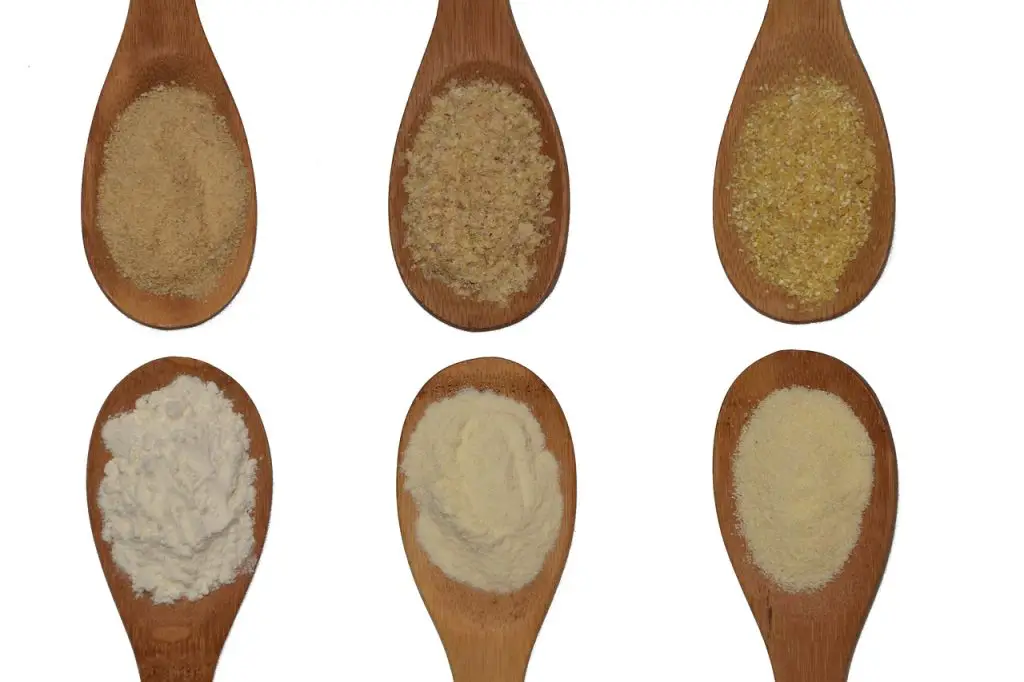Table of Contents
You most likely think of flour as a straightforward component; nevertheless, did you realize that the history of making flour dates back thousands of years? We had come a long way from the days when people used stones and boulders to pound grain by hand, and a lot of the credit for this achievement goes to some brilliant people who saw that there was more than one way to create this crucial food product.
For centuries, grains have been the basis of civilization.
For centuries, grains have been the basis of civilization. Wheat was first domesticated in the Fertile Crescent and used to make bread, which is a staple food throughout most of Europe and North America. People have been milling grains for thousands of years: archaeologists have found evidence that ancient Egyptians were grinding wheat as early as 5400 BC!
Wheat has been a critical crop in agriculture since humans began cultivating crops, and it is still the most widely grown cereal grain today. Wheat is a versatile food that can be used to make flour for baking bread or pastry, as well as pasta and noodles. It is also used as livestock feed.

The first wheat flour was made thousands of years ago.
Flour was in use long before it was ever manufactured.
The first written records about flour milling come from Egypt, where wheat flour production started around 3500 BCE. At this time, Egyptians were using stones to grind grain into flour and baking it in ovens with clay pots.
The Romans were the first to use wheat flour; they ground the grains with watermills and stone mills. Flour mills have been used for thousands of years before it was made. The first written records about flour milling come from Egypt, where wheat flour production started around 3500 BCE. At this time, Egyptians were using stones to grind grain into flour and baking it in ovens with clay pots.
The first written records about flour milling come from Egypt.
The first written records of flour milling come from Egypt. The Egyptians used a hand-operated sledgehammer to grind grain into flour and a mortar and pestle to grind grains into flour. Later, they invented the first water-powered gristmills to produce more flour for their people.
The Romans used a wind-powered mill to grind grain into flour. The windmill had sails that rotated in the breeze, which turned grinding stones inside the mill.
The windmill was an important invention because it made grinding grain more straightforward and faster.

In the Roman period, people began experimenting with different types of flours and methods for making them.
The flour-making history is long, and it began with the ancient Egyptians. They were the first people to use stone mills, which they used to grind grains into flour. The Romans also introduced the concept of using different types of flour and methods for making them.
The Romans had many different types of flours: some were made from wheat or rye; others were made from other grains such as barley or millet. They also used various methods to produce these multiple types of flour–among them grinding and sieving (bolting).

In the medieval period, millers were held in high esteem, followed by pastry chefs and bakers.
Millers were valued members of their communities. They were often the only people who could read and write, and millers were also known for their honesty and integrity. Millers had a reputation for being trustworthy, which meant they could be entrusted with money or valuables while they worked to produce something like flour everyone in town needed.
In medieval times, there weren’t many options for food preparation; most people lived off what their land produced or hunted/fished in nearby streams or lakes (or farmed). Because of this lack of choices, milling became an essential skill because it allowed people to consume more types of foods than just meat alone would allow them access to!
Medieval millers were also known for their honesty and integrity. They had a reputation for being trustworthy, which meant they could be entrusted with money or valuables while they worked to produce something like flour that everyone in town needed.
When food is a staple, knowing its origin is crucial.
Knowing the origin of your food is crucial, and flour is no different. The history of flour is fascinating, showing how far we have come as a society and what steps are still to be taken.
The first step in understanding this history is knowing that wheat was first domesticated around 8500 BC in the Fertile Crescent region (present-day Iraq). It was so crucial for survival that people often buried their dead with some extra grain to get through another day without starving!
Flour is a pretty old invention. The significance of this natural grain and how it has influenced our world throughout history can be understood by everyone, regardless of background in history or science. With so many delicious foods made with flour, it’s no wonder that we’ve been eating it for thousands of years!



